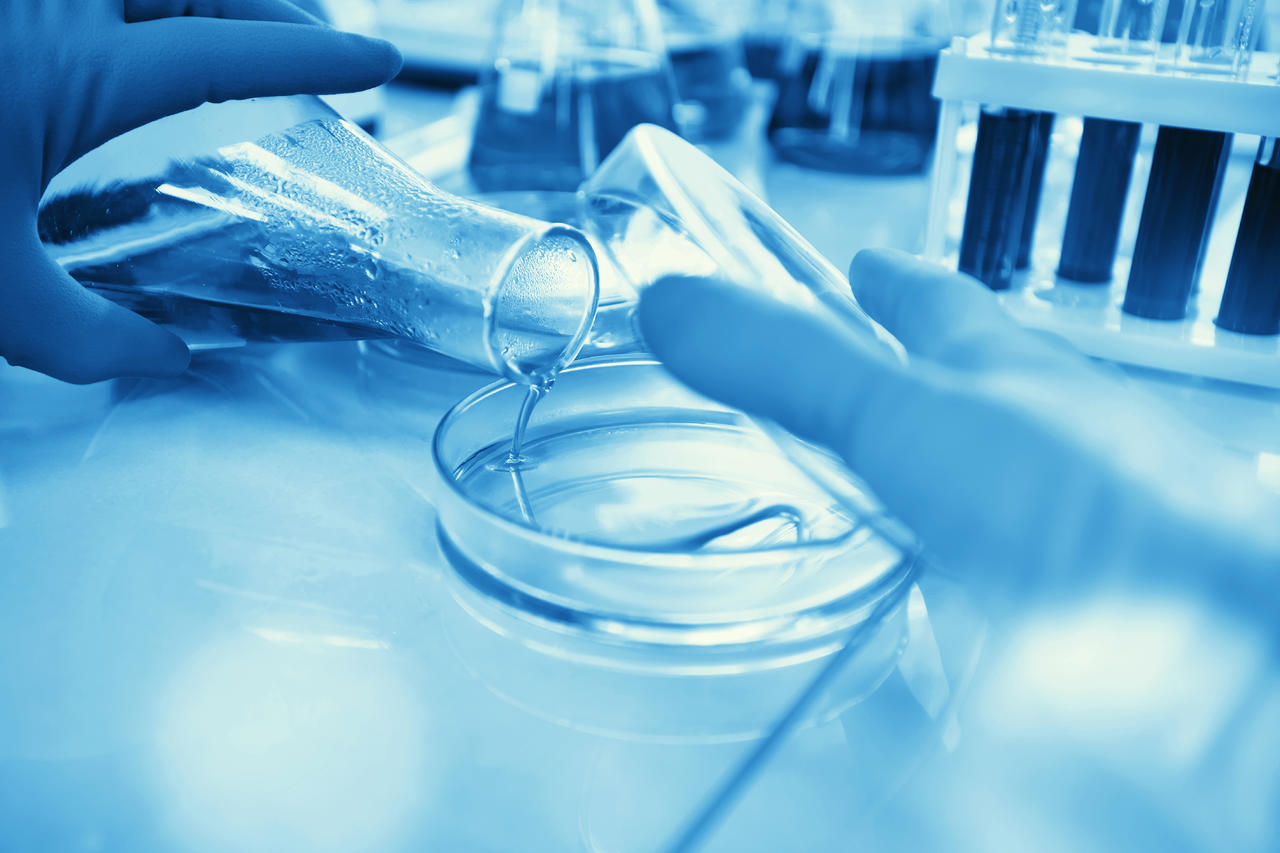Introduction to bio-based epoxy resin
Dec 25, 2024
Background
Currently, almost all commercialized epoxy resins are petroleum-based, and bisphenol A epoxy resin (DGEBA) accounts for about 90% of production. Bisphenol A is one of the most widely used industrial compounds in the world. However, in recent years, with the deepening of people's understanding of the biological toxicity of bisphenol A, many countries have banned the use of bisphenol A in plastic packaging and containers for food. In addition, DGEBA is easy to burn and cannot extinguish automatically after leaving the fire, which also limits its application scope. Therefore, the use of bio-based raw materials to prepare epoxy resin has gradually become a research hotspot in recent years.
Application
Bio-based epoxy resin has wide application prospects in the fields of automobiles, transportation, culture and sports, woodware, home furnishing, and construction. In particular, the demand for electronic appliances and coatings industries is growing. Composite materials and adhesives are increasingly used in various fields. As well as the advancement of the global green and sustainable development strategy, bio-based epoxy resin will usher in excellent development opportunities and market space.
Challange
In recent years, researchers have designed and synthesized a variety of bio-based compounds with heterocyclic, aliphatic and aromatic rings to replace petroleum-based bisphenol A for the preparation of epoxy resins. However, the thermal stability and mechanical properties of current bio-based epoxy resins are still difficult to match those of bisphenol A-type epoxy resins. Therefore, it is still a big challenge to design and synthesize bio-based monomers that can meet the high performance and functional requirements of bio-based epoxy resins.It is also an important step to broaden the application scope of bio-based polymer materials and enhance their competitive advantages over petroleum-based polymer materials. At present, bio-based epoxy resins mainly include high-temperature resistant bio-based epoxy resins, intrinsic flame-retardant bio-based epoxy resins, toughening of bio-based epoxy resins, degradable and recycled bio-based epoxy resins, etc.
Development trend
With the diversification of molecular structure designs of bio-based compounds, the high-performance and functional advantages of bio-based epoxy resins have gradually become more prominent, and the composite materials constructed from them have shown excellent comprehensive properties. After analysis and data review, the future development trends of bio-based epoxy resins mainly include the following directions:
Build a stable bio-based raw material supply system.
Synthesize new bio-based epoxy resins from non-food sources.
Construct a structure-function integrated bio-based epoxy resin polymer material system.
Design degradable, self-healing and recyclable bio-based thermoset polymer materials.
Nanjing Yolatech provides all kinds of high purity and low chlorine epoxy resins and specialty epoxy resin, including Bisphenol A epoxy resin, Bisphenol F epoxy resin, Phenolic epoxy resin, Brominated epoxy resin, DOPO modified phenolic epoxy resin, MDI modified epoxy resin, DCPD epoxy resin, Multifunctional epoxy resin, Crystalline epoxy resin, HBPA epoxy resin and so on. And we also could provide all kinds of curing agents or hardeners and diluents for epoxy resin application.
Read More



